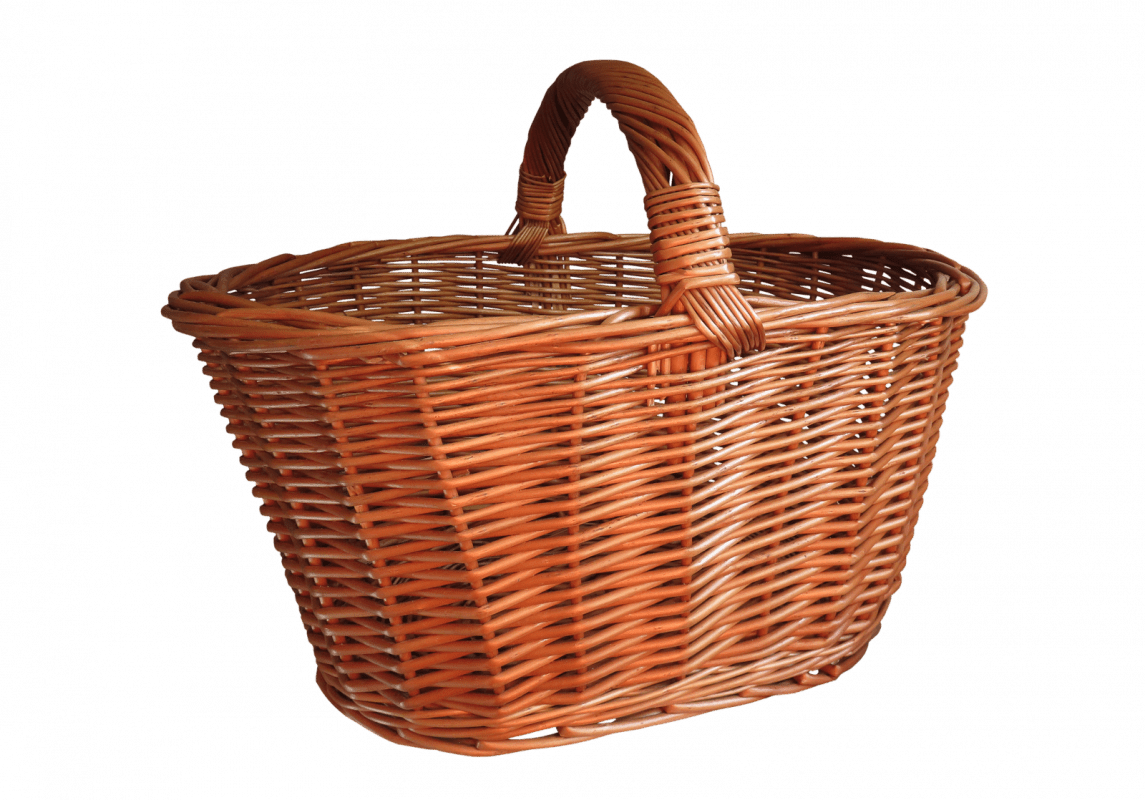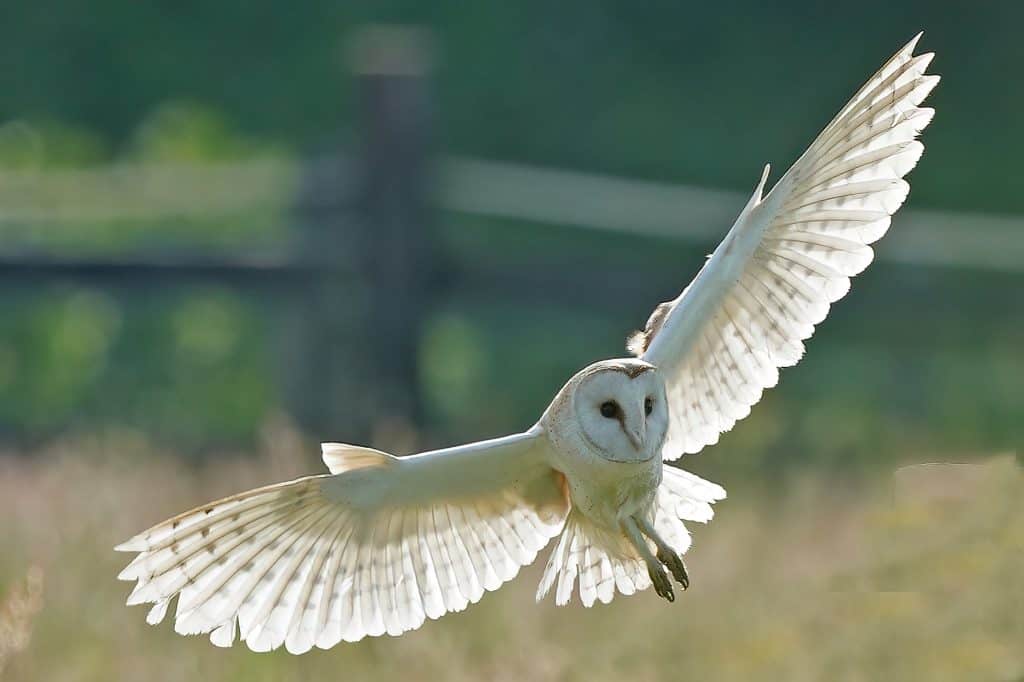Fieldfare
Turdus pilaris
RSPB Conservation Status – Red
Last seen – 7-1-23
The fieldfare is a large, striking bird species that is a familiar sight in the UK during the winter months.
It has a distinctive plumage, with a grey head and back, chestnut brown wings, and a white underside.
The fieldfare has a dark eye mask and a yellow beak with a black tip.
Fieldfares are migratory birds that breed in northern Europe and Asia, and winter in the UK and other parts of Europe.
Facts
Population – Around 800,000 birds during winter
Length – 24 – 27 cm
Wingspan – 39 – 42 cm
Weight – 80 – 125 g
Breeding
Fieldfares breed in northern Europe and Asia, typically in open woodland or forested tundra.
They build a cup-shaped nest from grass and twigs and lay 4-6 eggs.
Both parents will incubate the eggs for around two weeks, and the chicks will fledge after another two weeks.
Habitat
Fieldfares can be found in a variety of habitats, including farmland, woodland, parks, and gardens.
They prefer areas with open ground and hedges or bushes, where they can find both food and shelter.
Hawthorn hedges with berries are a favourite feeding area.
In late winter grass fields, playing fields and arable fields with nearby trees and hedges are a favourite place.
May come into gardens in severe winters when snow covers the countryside.
Food
Fieldfares are omnivorous birds that feed on a variety of food sources.
During the summer months, they will feed on insects and other invertebrates, while in the winter, they will eat berries, fruit, and seeds.
They are particularly fond of rowan berries and will often gather in large flocks to feed on them.










